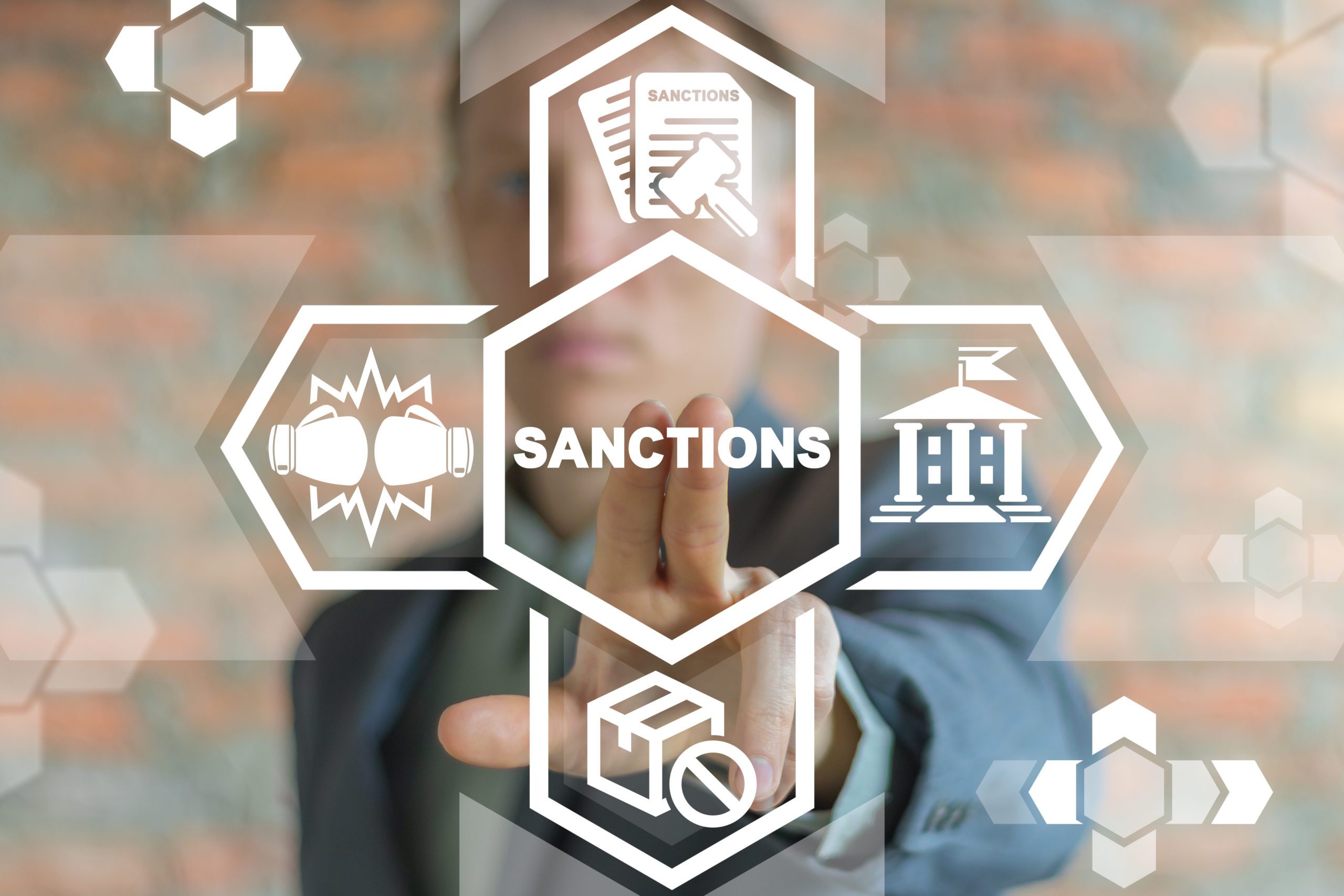
It has been a fast-moving week for the world and the main pillar of the international response in relation to the Ukraine Russian crisis has been the imposition of strict sanctions against Russian and Russian-linked businesses and individuals by jurisdictions around the world. The UK Government has been particularly active in this respect. All of this means that financial services companies must, as a priority, screen customers and third parties to ensure their sanctions compliance is up to date.
What are sanctions?
Let’s start with the UK’s Sanctions List. It is the source which prescribes which people, entities and ships are designated or specified under regulations made under the Sanctions and Anti-Money Laundering Act 2018 – and why. It is updated regularly and maintained on the government’s website.
In the UK, HM Treasury implements and enforces financial sanctions through the Office of Financial Sanctions Implementation (OFSI). OFSI maintains two lists of those subject to financial sanctions:
There are different sanctions regimes at different levels of government. The United Nations (UN) puts in place sanctions that its member states are required to implement into their own country lists. The US sanctions regime has also been changed dramatically in response to the Russian government’s invasion of Ukraine. The US administers its sanctions programmes through the Office of Foreign Assets Control (OFAC).
Why are shifting sanctions a challenge for financial firms?
Regulators expect companies to screen their clients and third parties against sanctions lists, and firms face punishments if they are found to be in breach. But there are two challenges to firms’ efforts to comply with sanctions requirements:
What should companies do to avoid a sanctions breach?
If your screening uncovers an individual or entity matching all the information on the Consolidated List, you should immediately notify OFSI. Your next steps depend on the specific sanctions that have been applied.
While sanctions regimes and obligations are complicated and vary between situations, we have identified eight steps which should help companies to address and mitigate the risks:
Even when a normalisation of global relations returns, companies should not relax their focus on the risk of sanctions as this typically leads to many entities and individuals being removed from sanctions lists. If you would like more information on sanctions and would like to speak with me or one of the financial crime team, please get in touch.







Log in to access complimentary passes or discounts and access exclusive content as part of your membership. An auto-login link will be sent directly to your email.
We use an auto-login link to ensure optimum security for your members hub. Simply enter your professional work e-mail address into the input area and you’ll receive a link to directly access your account.
Instead of using passwords, we e-mail you a link to log in to the site. This allows us to automatically verify you and apply member benefits based on your e-mail domain name.
Please click the button below which relates to the issue you’re having.
Sometimes our e-mails end up in spam. Make sure to check your spam folder for e-mails from The Payments Association
Most modern e-mail clients now separate e-mails into different tabs. For example, Outlook has an “Other” tab, and Gmail has tabs for different types of e-mails, such as promotional.
For security reasons the link will expire after 60 minutes. Try submitting the login form again and wait a few seconds for the e-mail to arrive.
The link will only work one time – once it’s been clicked, the link won’t log you in again. Instead, you’ll need to go back to the login screen and generate a new link.
Make sure you’re clicking the link on the most recent e-mail that’s been sent to you. We recommend deleting the e-mail once you’ve clicked the link.
Some security systems will automatically click on links in e-mails to check for phishing, malware, viruses and other malicious threats. If these have been clicked, it won’t work when you try to click on the link.
For security reasons, e-mail address changes can only be complete by your Member Engagement Manager. Please contact the team directly for further help.